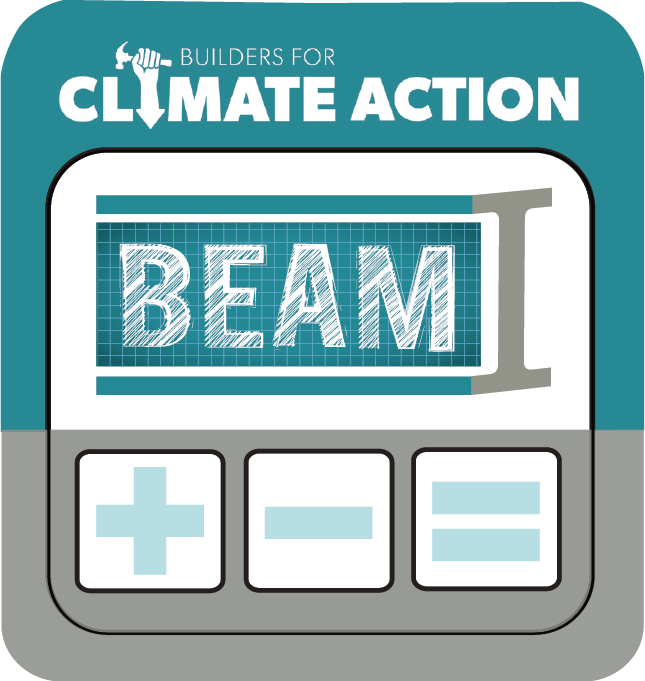What's your number? ACH
1.0 ACH50
By Dan Kolbert
Increasingly, healthy homebuilding is about numbers: setting and hitting performance standards during construction and monitoring various levels after occupancy.
Some numbers – like the moisture content of wood at which mold will start forming – are objective. Others, like ventilation rates, are still being researched, or are more subjective, like indoor air temperature.
In this new series, we will showcase a different performance number – why it matters and the factors in choosing it – in each issue. We welcome your comments and feedback.
For our first “What’s your number?” column, the number “One” seems like a good way to kick things off. 1.0 ACH50 is the number I use as my air-tightness standard for new construction. What the heck is ACH50, you ask? ACH stands for Air Changes per Hour at 50 pascals of pressure. And 50 pascals is the standard pressure difference for blower door tests, allowing us to make an apples to apples comparison from one project to another.
The blower door is a fan that is sealed into an exterior door opening, then connected to a computer to measure the pressure difference inside and outside the house. When 50 pascals is reached by de-pressurizing the house, we get a reading of how quickly air is moving into the house. A few simple calculations related to the total volume of the house gives you ACH50. The higher the number, the draftier the house will be and the harder your heating or cooling system will have to work to condition all the air moving from outside to inside to outside again.
How do we know what our target should be? If less is better, why not shoot for 0? With tapes, gaskets and membranes, builders are achieving incredibly low numbers – 0.2 ACH50 and lower. While there are no obvious downsides to hitting these numbers, there are diminishing returns.
There is also the Passive House threshold – 0.6 ACH50 (although, to get geeky, the way the volume is calculated is complicated with Passive House). Many other elements and performance standards are involved in building a certified Passive House, but that’s the air-tightness threshold required to qualify for Passive House certification.
For my work, I came to the conclusion that 1.0 ACH50 is an achievable target that sets the stage for a very high performing home. There are times when my projects come in lower or higher than that. But I know in that range, I will be avoiding drafts and the moisture problems that can come with air moving through the wall assembly. We are lucky to have a new generation of products that make it reasonably straightforward to achieve that number, too.
Maine’s out-of-date energy code mandates a 7.0 ACH50 threshold, and even that is rarely enforced. Leaky houses transport humid air through walls and ceilings. That humidity can then condense and cause mold and rot. In fact, adding insulation without air sealing can be a dangerous combination for precisely that reason. The walls will be colder from the insulation, but damper because of the bad air sealing. This is a dangerous mix, which many of us encountered before we understood building science better.
As the ACH50 number decreases, the risk of air-transported moisture drops as well. Any research on the ideal cost-benefit number would have to be specific to climate and location, so there are few studies I’ve seen that make a compelling argument.
So, I have settled on 1.0 ACH50 as a number we can consistently hit without what I consider excessive or ineffective measures cost-wise, and that I have found prevent the problems I describe above. I admit that I would be unable to back up my choice 1.0 ACH50 with hard data and could just as easily say my number is 1.5 or 2.07. But it’s easier to remember 1.0!
If you’re working with a builder, or trying to choose one, you may want to ask what their air tightness target number is. They may have no idea what you’re talking about. They may say it’s unimportant. Or they may have a number and a reason for why they use it. You’ll know this last builder is the one who has thought this (and hopefully other) numbers through.
See more in this series:
This article first appeared in the Spring & Summer 2019 issue of Green & Healthy Maine HOMES magazine.
Subscribe today!













